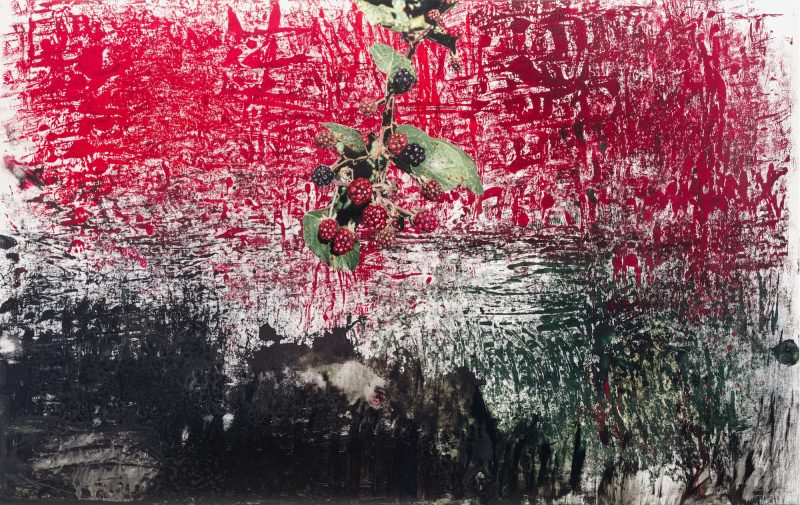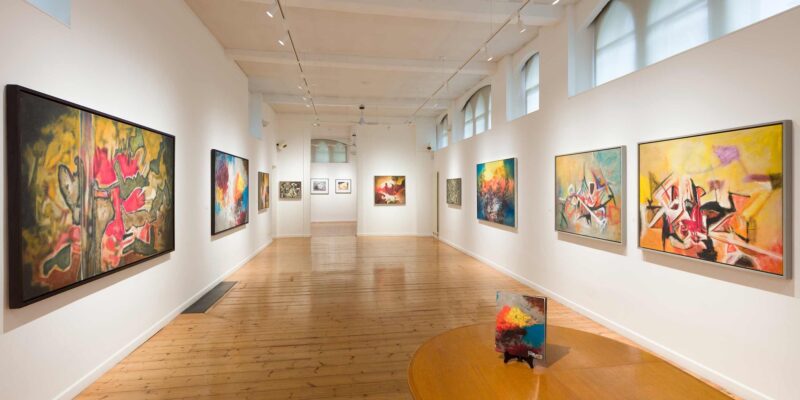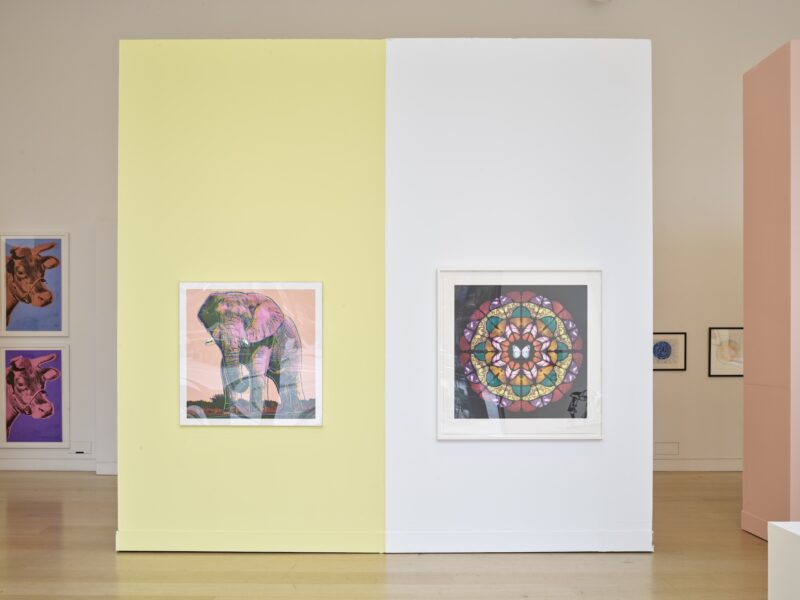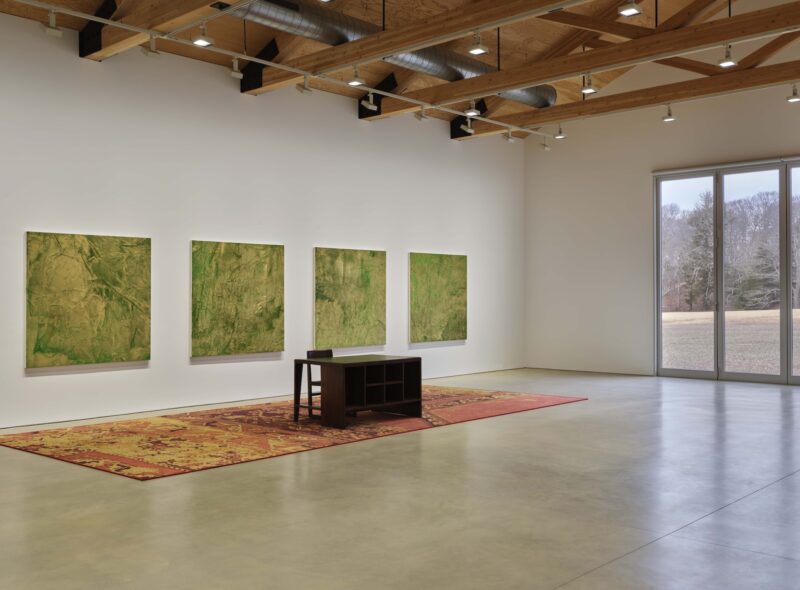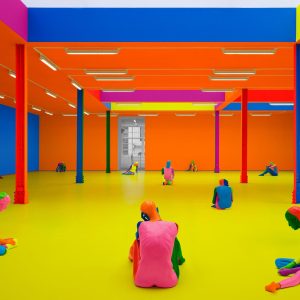Gagosian team up with Jeffrey Deitch for Miami Art Week 2022, for a group exhibition on view at the historic Buick Building in the city’s Design District, 100 Years explores the interplay of past, present, and future through contemporary works in a wide range of mediums. The exhibition will also be viewable online at gagosian-deitch.com.
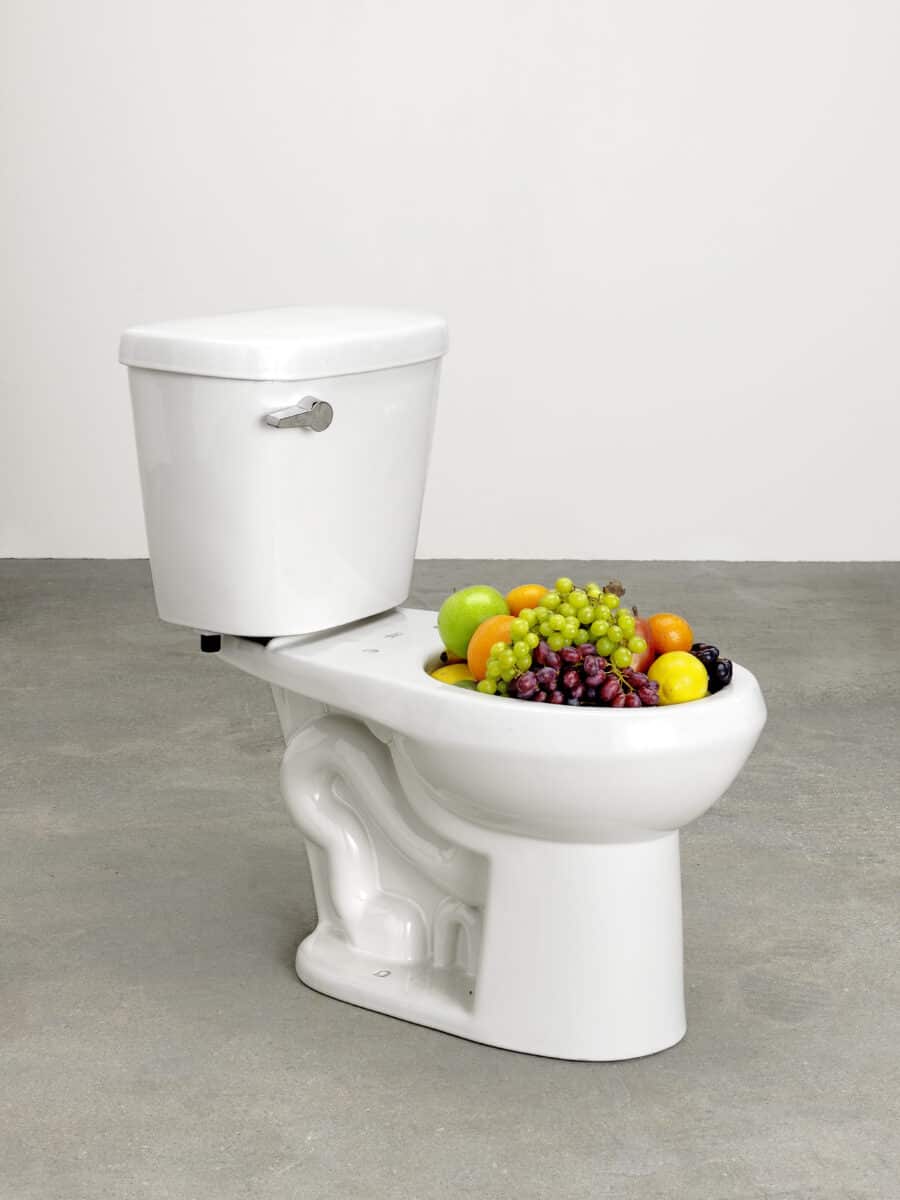
Previous instalments of this joint exhibition project have explored the resurgence of figuration and the shared conceptual groundings of Minimalism and Pop art. The 2019 exhibition The Extreme Present was inspired by the 2015 publication The Age of Earthquakes: A Guide to the Extreme Present by Shumon Basar, Douglas Coupland, and Hans Ulrich Obrist, which catalogued artists’ reactions to an increasingly complex world. The Future, presented online in 2020 during the uncertain early days of the pandemic, assumed a more forward-thinking approach, examining new modes of futurity.100 Years focuses on artists who recognize the critical nature of a period that has witnessed sweeping social and cultural change while alluding to the innate ephemerality of human life and memory. Consciously straddling the profound and the mundane, their work marks both growth and decay, an amassing of years and an amassing of the darkness that those years so often contain. The exhibition speaks to waiting, wanting, and anticipation; while in dialogue with the art of the past century, it also looks ahead—with cautious optimism—to a raft of possible future advances.
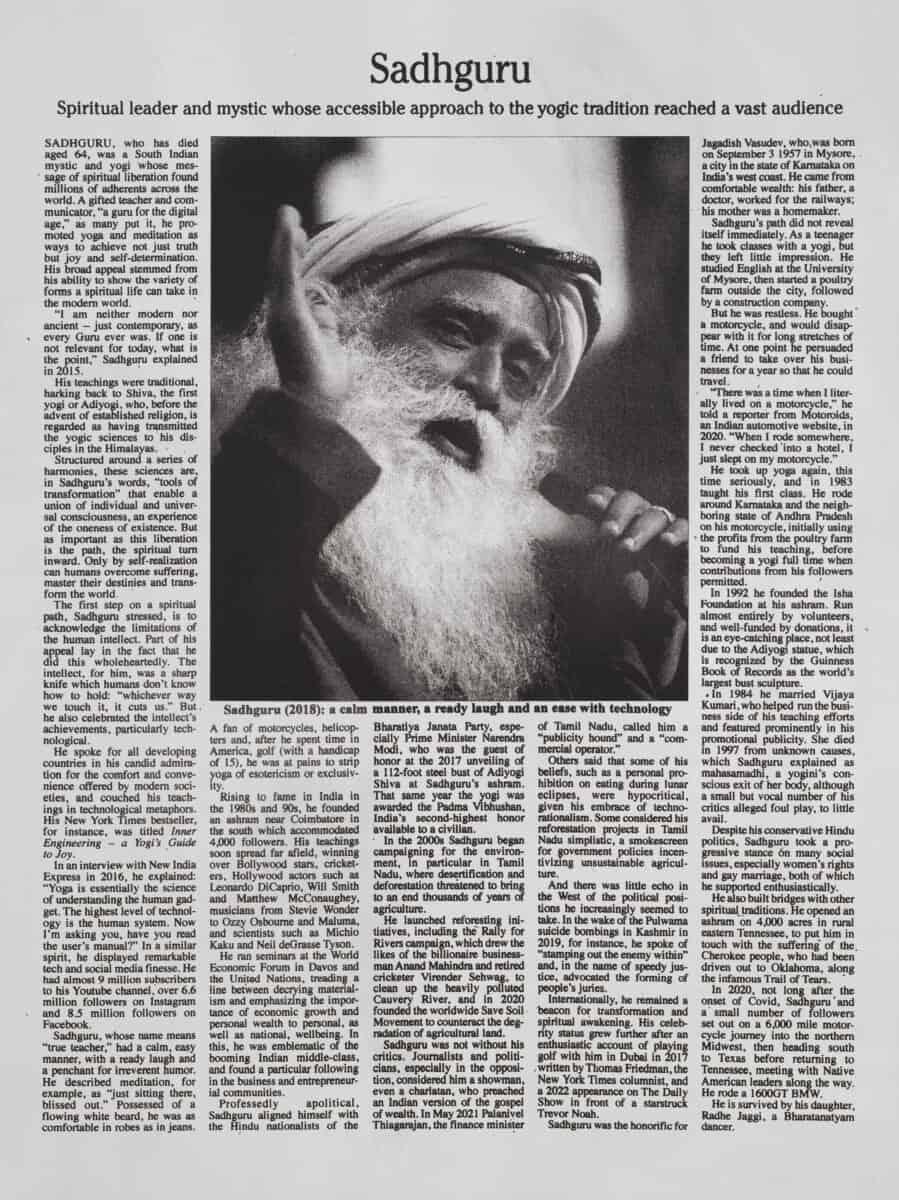
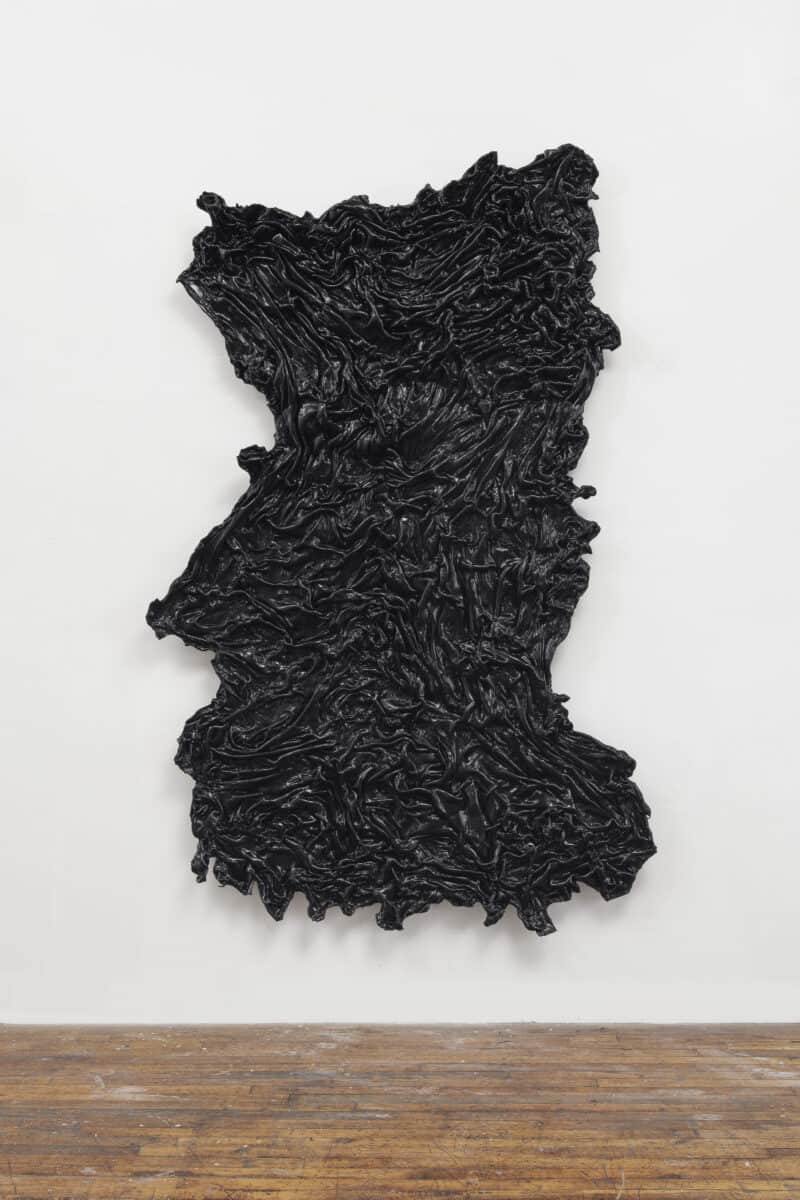
Many of the works in 100 Years consider the absurdities and crises of past, present, and future through cyclical, endless, or unresolved situations. In Piero Golia’s Still Life (Rotating device) (2019), a motorized roulette wheel spins without ever coming to a stop, extending the passage of time into a nightmarish eternity of unresolved expectation, while the panel of Hoda Kashiha’s painting Two Methods for Separating Sun from Flower (2022) rotates within a steel frame, suggesting a reality that shifts over time before returning to its original state. Madeline Hollander’s neon sculpture Tomorrow Will Be Nothing Like Today Will Be Nothing Like Tomorrow (2022) addresses the impossibility of turning back time to undo damage done, while in Sleep (2020–21), Taryn Simon juxtaposes more than two hundred photographs of slumbering children, their limbs intertwined with bedding and clothes, to produce a composite image of relentless momentum.
Other works in the exhibition reflect on time as it is manifested in or by human or animal life. Amanda Ba’s painting American Western (2022) positions the female figure as a vehicle for reflection on diasporic identity and shifts in cultural memory over time, while Urs Fischer’s Untitled (2015), a pristine toilet overflowing with fruit, presents a vision of abundance through allusion to Marcel Duchamp’s Fountain (1917). The looped video of Douglas Gordon’s B-Movie (1995) shows a fly lying on its back engaged in a doomed struggle to right itself, while Rachel Whiteread’s sculpture SIT (2007–08) consists of seven pigmented plaster casts of flat cushions piled atop a steel-frame chair, suggesting a seated figure by material association and alluding to the body in repose and eventual death.
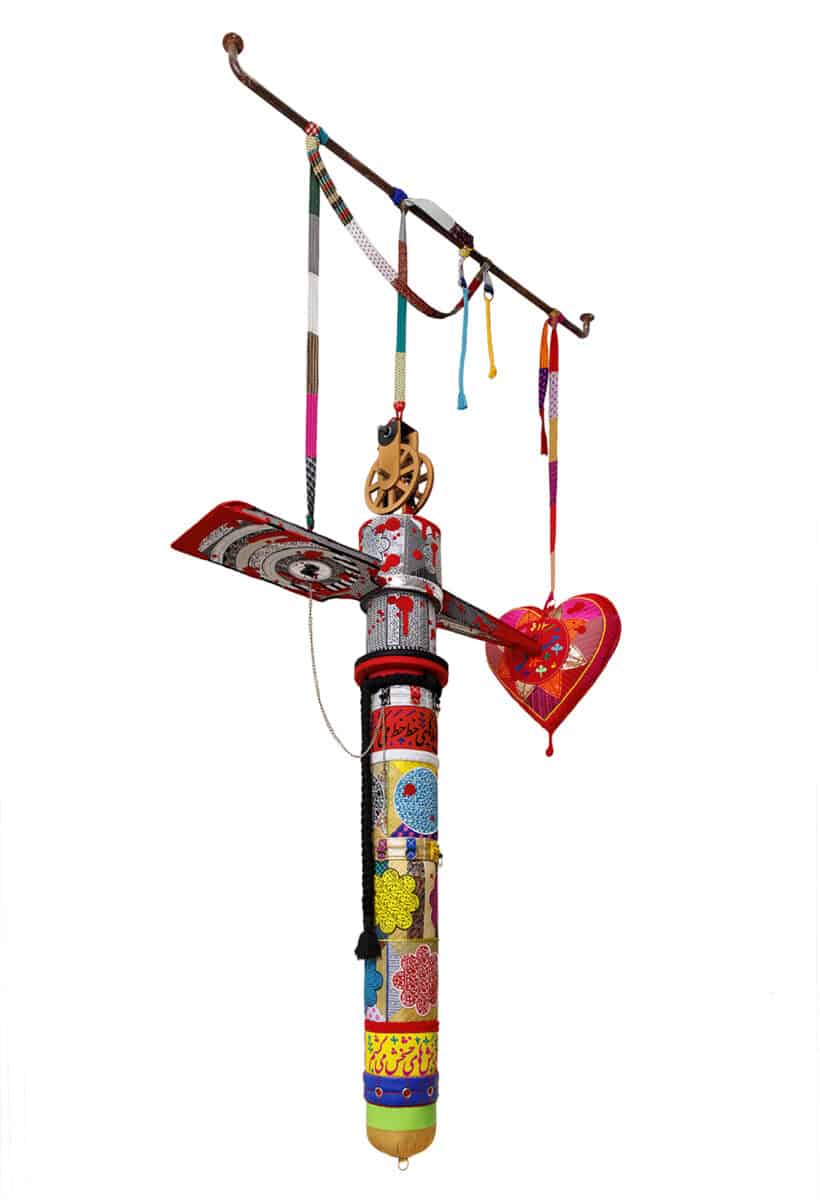
Several artists in 100 Years approach time from the perspective of global cultural, political, ideological, and spiritual histories and customs. In From My People and My Skin (2019), Theaster Gates presents a shelf of re-bound books chronicling the Black experience, embossing each spine with a different element of a composite text, while in his painting Plead With Us In The Wilderness (2022), Reginald Sylvester II uses gestural brushstrokes in conjunction with culturally charged materials, establishing a transhistorical dialogue with Abstract Expressionism while casting light on present-day social realities. Rick Lowe’s abstract canvas Untitled (2022) alludes to the processes of reconfiguration and movement that gradually—and sometimes more rapidly—exert change over urban communities, while Adam McEwen documents the life and times of Indian spiritual teacher Sadhguru in his consciously premature New York Times–format obituary Untitled (Sadhguru) (2022). Finally, Homa Delvaray, in her sculpture Pickaxe from Khâsh series (2022), draws inspiration from an ancient Persian childbirth ritual in which attendants use a sharp tool to etch a line in the ground around the mother to protect her from evil spirits.
100 Years includes works by Refik Anadol, Amanda Ba, Ali Banisadr, Chris Burden, Allana Clarke, Dan Colen, Homa Delvaray, Gardar Eide Einarsson, Urs Fischer, Tom Friedman, Theaster Gates, Cy Gavin, Piero Golia, Douglas Gordon, Alteronce Gumby, Romuald Hazoumè, Damien Hirst, Madeline Hollander, Carsten Höller, Jamian Juliano-Villani, Hoda Kashiha, Austin Lee, Rick Lowe, Zoé Blue M., Adam McEwen, Ailbhe Ní Bhriain, Steven Parrino, Rudolf Polanszky, Mamali Shafahi, Jim Shaw, Taryn Simon, Reginald Sylvester II, Keiichi Tanaami, Kon Trubkovich, Cameron Welch, and Rachel Whiteread.
Presented by Gagosian and Jeffrey Deitch, Opening reception: Monday, November 28th, 5–8pm
November 29th–December 4th, 2022 Buick Building, Miami Design District 3841 NE 2nd Avenue, Miami
gagosian-deitch.com
Categories
Tags
- 2022 Miami Art Week
- Adam McEwen
- Ailbhe Ní Bhriain
- Ali Banisadr
- Allana Clarke
- Alteronce Gumby
- Amanda Ba
- Austin Lee
- Cameron Welch
- Carsten Höller
- Chris Burden
- Cy Gavin
- Damien Hirst
- Dan Colen
- Douglas Gordon
- Gagosian
- Gardar Eide Einarsson
- Hoda Kashiha
- Homa Delvaray
- jamian juliano-villani
- Jeffrey Deitch
- Jim Shaw
- Keiichi Tanaami
- Kon Trubkovich
- Madeline Hollander
- mamali shafahi
- Miami Art Week
- Piero Golia
- Rachel Whiteread
- Refik Anadol
- Reginald Sylvester II
- Rick Lowe
- Romuald Hazoumè
- Rudolf Polanszky
- Steven Parrino
- Taryn Simon
- Theaster Gates
- Tom Friedman
- Urs Fischer
- Zoé Blue M.
